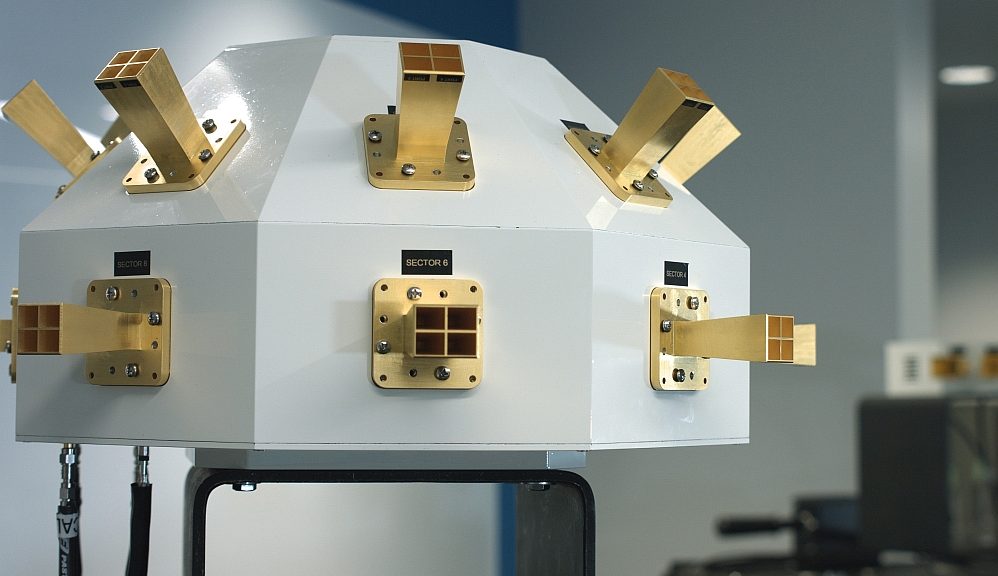The channel sounder defined and developed by AT&T with the collaboration of National Instruments uses an architecture based on NI’s mmWave Transceiver System to provide real-time channel parameter measurement and monitoring capability for 5G next mobile communication system. It provides measurements of mmWave spectrum in milliseconds.
mmWave frequencies should play an important role in the future of 5G. They have already been earmarked by the FCC, 3GPP and other standardization bodies for 5G mobile networks. Channel measurements capture how wireless signals are affected in a given environment. For instance, channel measurements can show how signals reflect off of, or are blocked by, objects, such as trees, buildings, cars and even people.
Wireless channel characterization is very important for researchers defining 5G technologies as it will help lay the foundation for the architecture and design of these new wireless networks. AT&T and NI believe this work will likely play a role in AT&T’s future 5G deployment, through the creation of accurate models that help map out the details of where AT&T places its network equipment to provide customers with the best possible mobile experience.
“Utilizing mmWave spectrum for mobile 5G presents many challenges which we believe can be solved,” said Marachel Knight, senior vice president of wireless network architecture and design, AT&T. “We identified early on that designing and real-time monitoring of mmWave spectrum needs to be much more precise than today’s cellular systems. With the help of NI’s flexible hardware and software platform, AT&T developed a new type of channel sounder, and we’re using it to develop highly-advanced models that will work for our network.”
“The combination of PXIe and LabVIEW FPGA provided the bandwidth, data and signal processing capability, and flexibility necessary to meet the requirements of mmWave and expedite 5G deployment, ” said James Kimery, director of RF research and SDR marketing at NI.
Nicknamed internally within AT&T as the “Porcupine,” the channel sounder provides real-time channel parameter measurement and monitoring capability. The channel sounder, designed by AT&T, utilizes an architecture based on NI’s mmWave Transceiver System. It allows angle-of-arrival (AoA) measurements that would typically take 15 minutes or more to be completed (using pan-tilt units) to be performed within 150 milliseconds and display the results in real-time.
The channel sounder captures channel measurements where all the data is acquired and processed in real-time. According to the company, other channel sounding approaches capture raw data and post process to characterize the channel while only giving one-measurement every 15 minutes. The “Porcupine” on the other hand can provide about 6,000 measurements in that time. It’s like capturing 15-minutes of action with a video instead of a still photo.
The capability of real-time measurement eliminates the need to repeat experiments or to adjust the equipment to take multiple measurements from one location. Since parameter extraction is done in real-time, the integrity of collected data can also be evaluated in real-time. Thus inaccurate data can be replaced immediately with a new set of measurements at the time of evaluation. Using other approaches, an entire evaluation day could potentially be lost if the collected data is post-processed.
The “Porcupine” allows the measurement of 5G mmWave frequencies via drive testing. As the 5G ecosystem looks at new use cases for 5G such as assisted driving, connected car, self-driving cars and more, the ability to study and model vehicular channels will become ever more critical.






